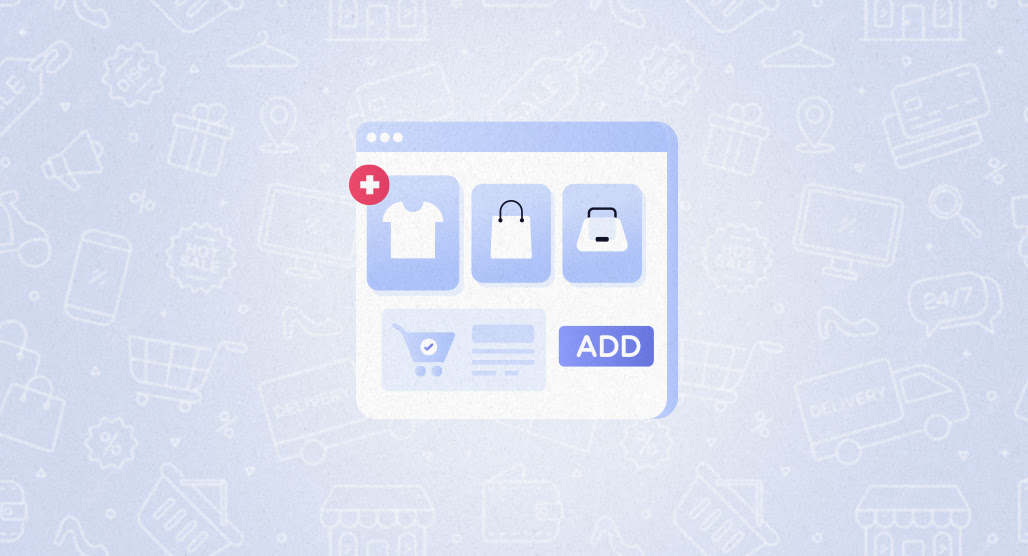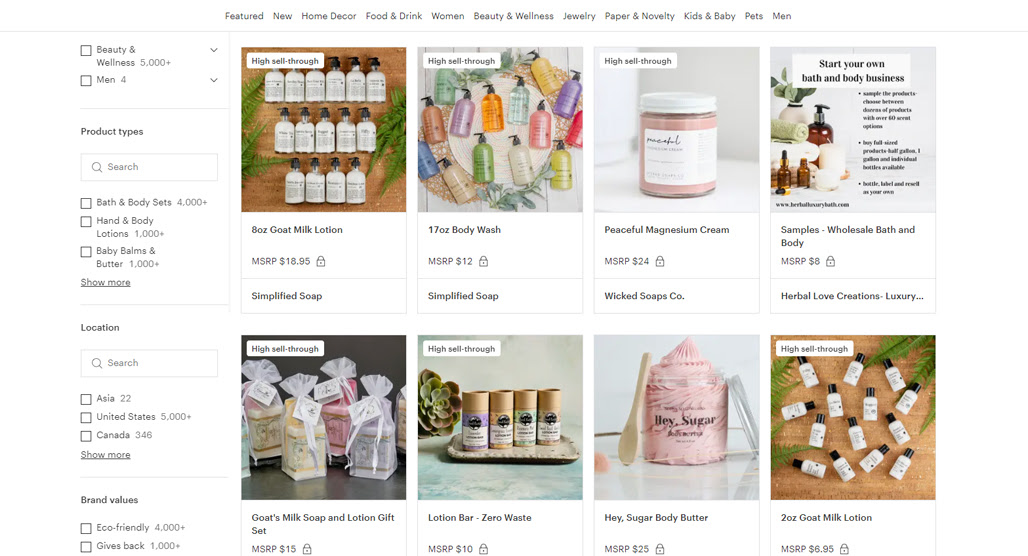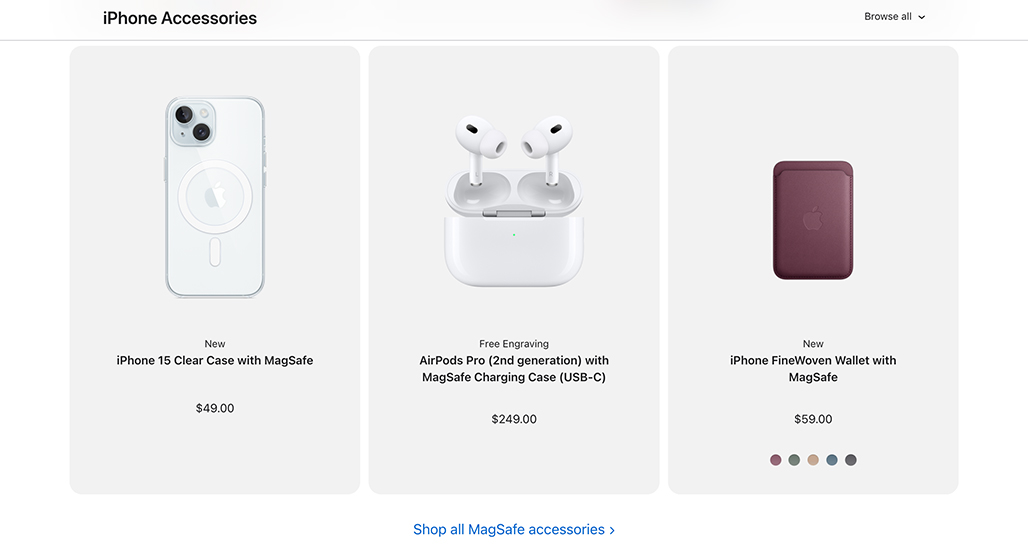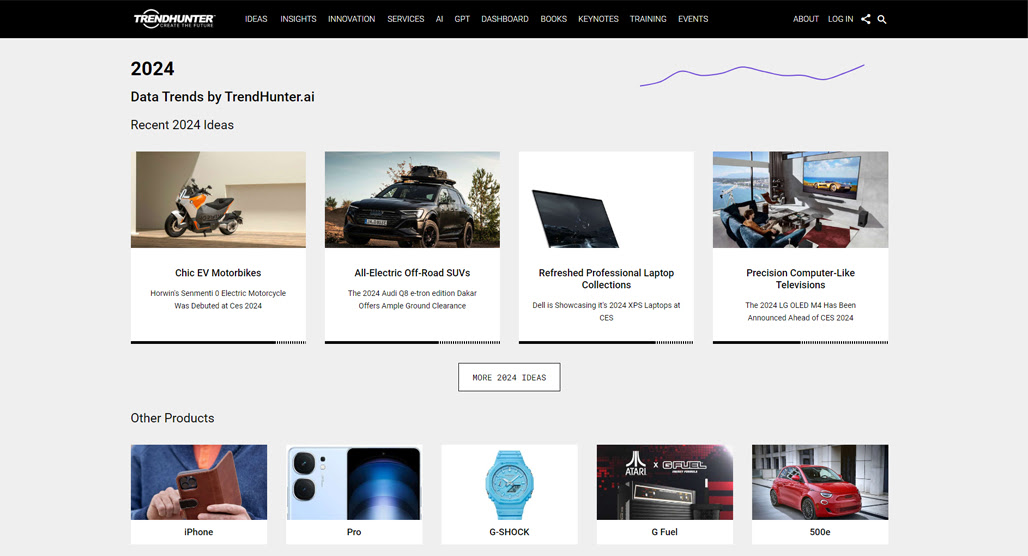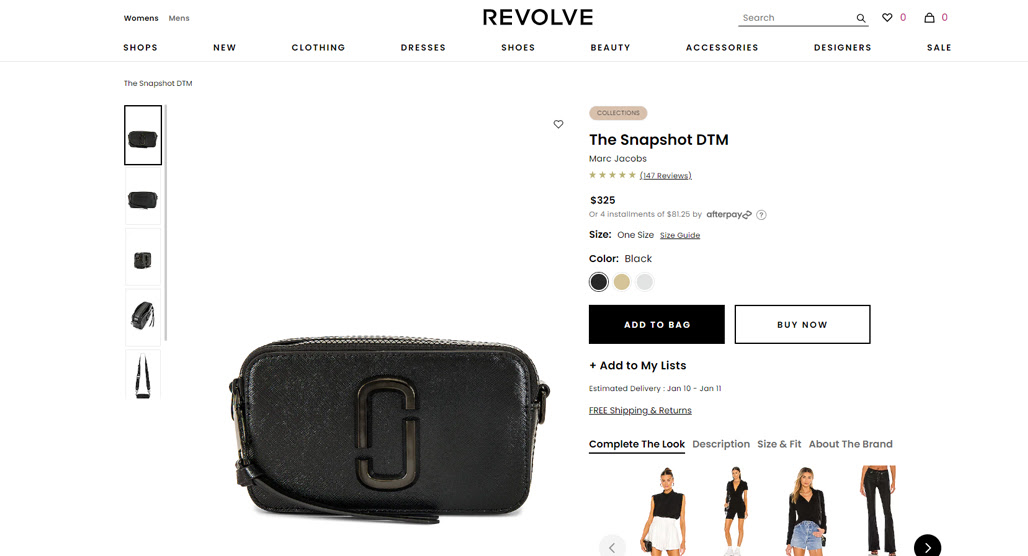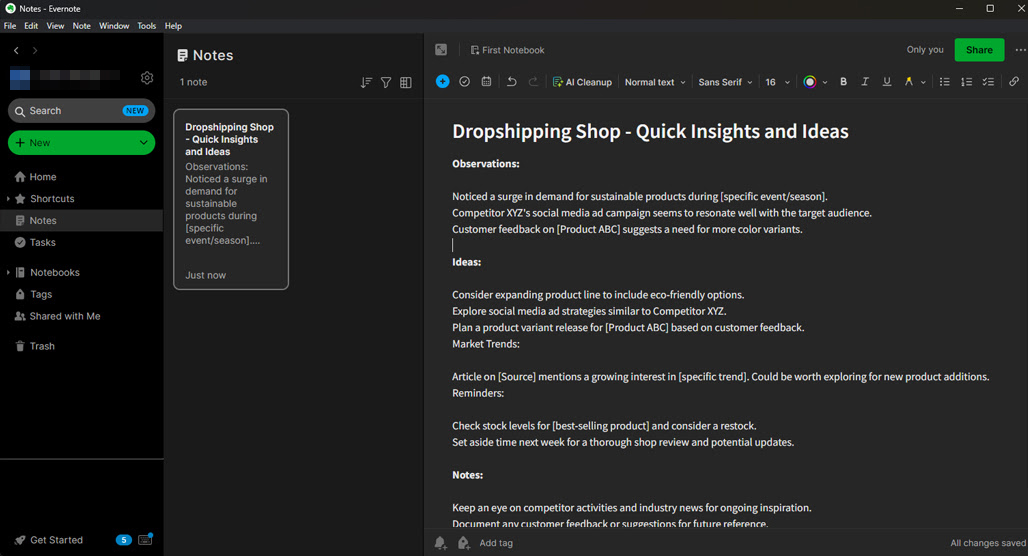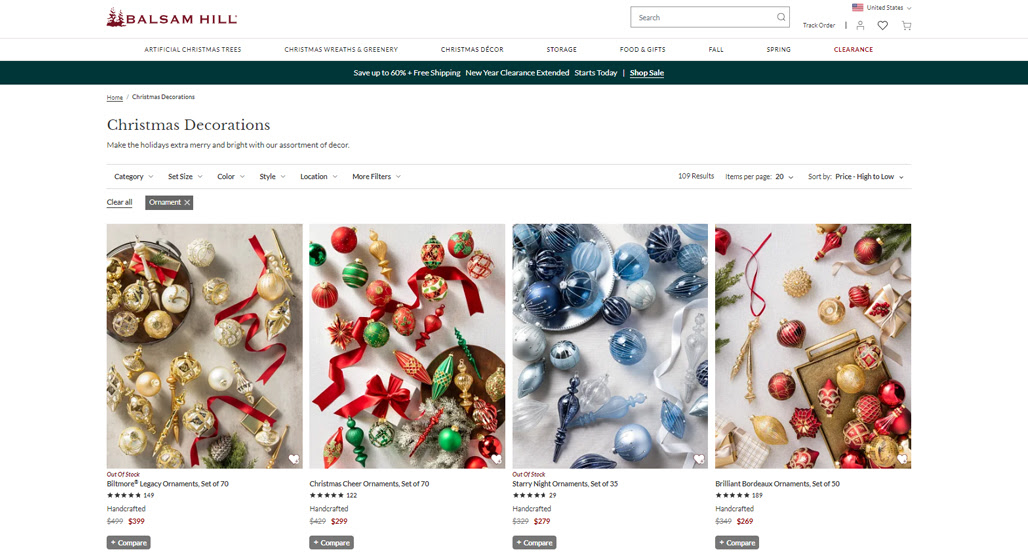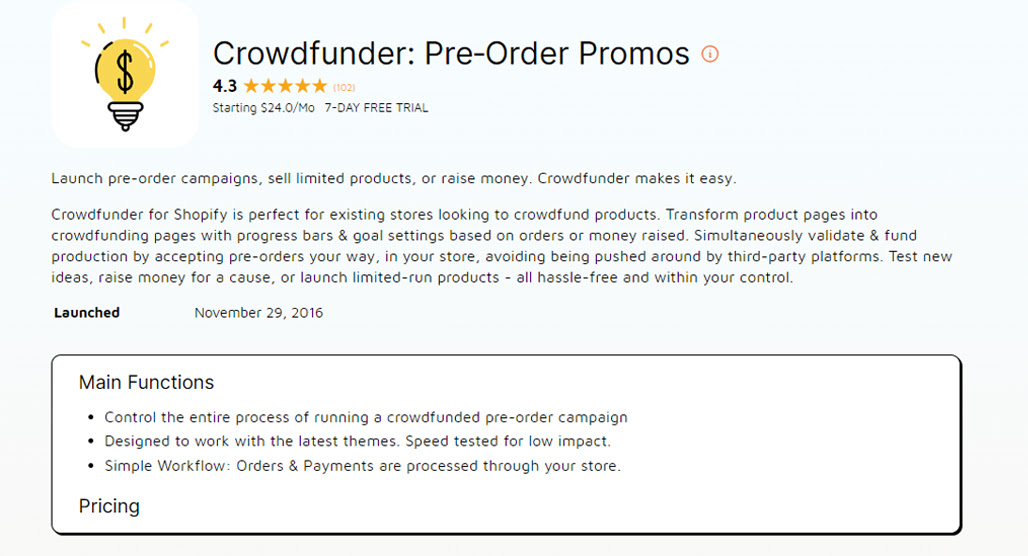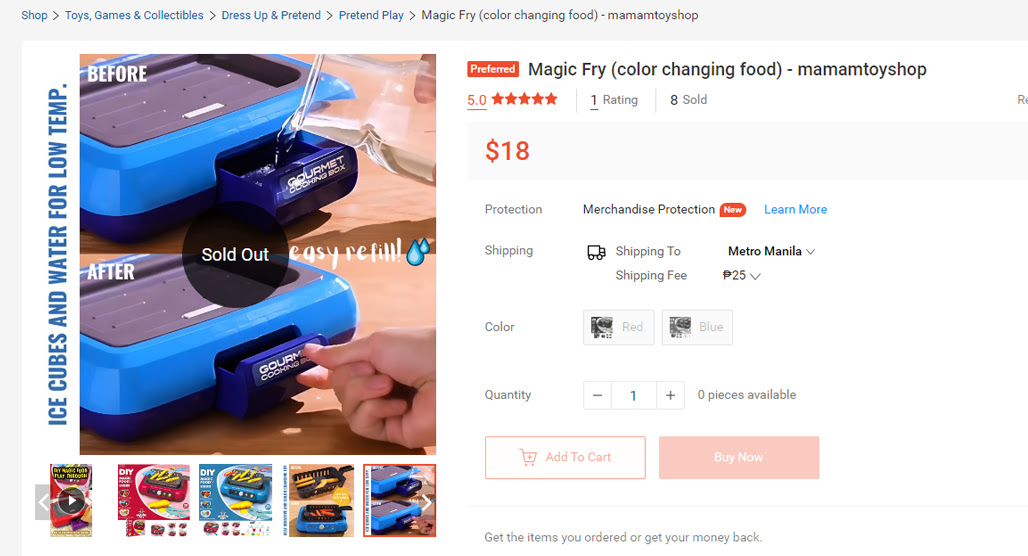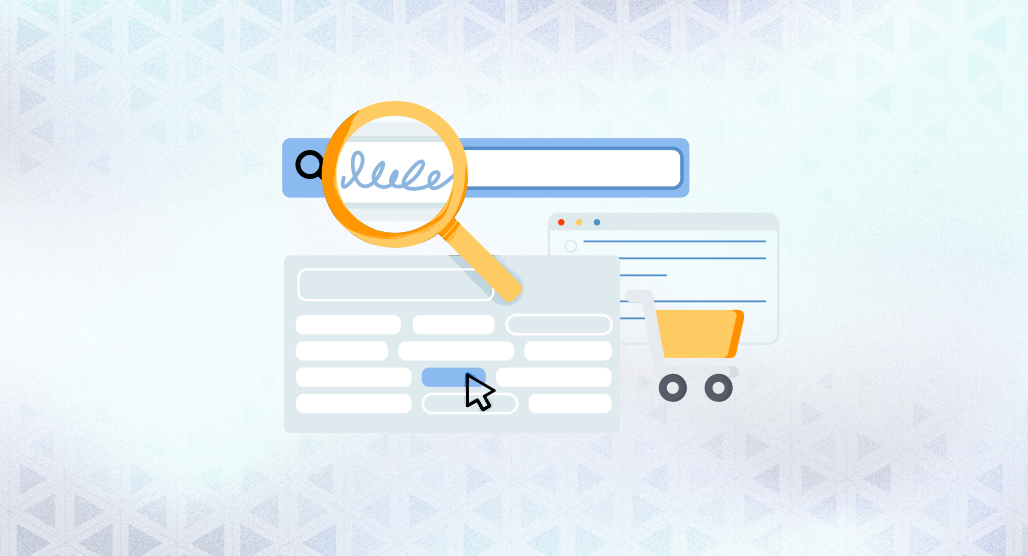How to Find New Ideas for Products to List on Your Website

When you run a store online, there are two ways to do it: by building up your own roster of products to stock and ship or by using dropshipping or print-on-demand processes to serve whatever products you think are going to be profitable.
The former, of course, allows you to be deeply customized, unique, and personal. It’s also time-consuming and only for the most passionate. Dropshipping and other forms of referred sales are much easier, and it’s both faster and more convenient to set up and run a store.
The only question is, how do you find products to list? You could just go and look at top sellers on Amazon, but they’re already top sellers on Amazon; that means you’ve missed the train already. That, and as anyone who has shopped on Amazon recently knows, it’s just packed full of barely-real sellers with names like EVONOVIS and KELJATOP selling the same things as 100 other sellers.
You could throw your hat in the ring, sure, but why struggle when you can look for other, more innovative, more likely-to-succeed ideas?
Finding these potentially profitable new products can be tricky, but there are a few good ways you can give it a shot!
Table of Contents
Consider Consumables
In terms of broad categories, one of the most potentially lucrative kinds of products you can have on your website is consumables.
Soaps, lotions, bath bombs, batteries, candy, supplements, stationary; the trick is, they’re used up over time. If the customer liked them enough when they used them, they can come back and buy more, again and again, as long as you offer the product for sale. You may even be able to set up a subscription service for them for regular repeat orders of consumables they use routinely.
This is ideally a strategy you use coupled with other strategies on this list. You want consumables that tie into your overall theming and product selection. A soaps-and-lotions store can add bath bombs very easily; a store selling tech supplies can add batteries but might have a harder time with toiletries. Or maybe not, if you have the right kind of innovative branding. That’s up to you, though.
Look for Accessories to Existing Products
This is a big one. Go through your existing list of products and identify anything that a buyer might want to go along with them.
Examples can include:
- Brushes and loofahs to go along with soaps.
- Batteries to go with toys and tech.
- Headphones, carrying cases, straps, lanyards, and covers for various items.
- Storage containers designed to fit the items you sell.
- Pill organizers to keep track of daily supplements ahead of time.
For every core item, there can be anywhere from a small handful to a selection of dozens of different kinds of accessories you can promote to go along with them. As an added bonus, you can use an Amazon-style “people frequently purchase these items together” cross-sell plugins to recommend accessories, which can increase average cart sizes and make your base products even more profitable.
It’s also an easy way to promote deals without actually cutting too deep into your profits; offer accessories on a sale or for free in a bundle.
Find and Solve Customer Pain Points
Your customers have pain points. Everyone does. Some of them will be mentioned in reviews, some will be mentioned elsewhere on social media, some you can solicit via surveys and your newsletter, and some can just be intuited based on being a fellow human being.
Many, if not most, pain points in life have products that can solve them. The barriers to solving those pain points may be access, convenience, or price, but as often as not, they are simply knowledge. People have problems, but they either don’t quite identify them as problems or don’t realize they can be solved, let alone solved easily with a product you can sell them.
So, that’s the trick. Identify their pain points and offer them a product to solve them. This is a win for both sales and marketing because it’s an easy way to write a few blog posts promoting a product by analyzing the problem, offering various inefficient solutions, and offering an efficient product to solve it.
Ideally, of course, your pain points will be chosen because they coincide with problems your other products either introduce or don’t quite solve. New products should always be at least somewhat related to older products; after all, you’re a niche store, not a megastore.
Check Trend Monitoring Services
A “simple” option is to use the same sort of resources others are using. Sites like TrendWatching, Trend Hunter, and PSFK are all aimed at monitoring industry, geographic, and seasonal trends in products and giving you the “inside baseball” information to leverage those trends as soon as possible.
You can also look into more specific product trends and recommendation sites. There are dozens of these out there, including sites like Uncrate, Cool Material, Gearmoose, and Werd. These tend to have themed collections of specific products, so finding a few sites that can give you ideas is a great resource.
The reason I put simple in quotes there is that, while getting this information is simple, using it is another story. These sites tend to give you broad, industry-level trends in interest, product categories, and user desires. You still have to do the research to find the right kinds of products to capitalize on those trends and promote them the right way to the right people at the right time. Also, these sites can sometimes be wrong or off-track, and there are always cultural shifts that can swing wildly. It’s a decent source of information, but it shouldn’t be your only source of new product ideas.
That, and you’re far from alone in getting this information, so you can bet your competition is also using it. If you’re always one step behind your competitors, it’s harder to excel beyond them.
Find Variations of Existing Products
There’s a decent chance that the products you already sell have potential customers who come in, look them over, and decide that there’s some flaw to them that makes them ineligible for their purchase. You’ve certainly done that evaluation yourself, after all.
Maybe it’s too expensive or too cheap. Maybe it’s the wrong color. Maybe it has a cord that just isn’t long enough or is too long and is inconvenient. Maybe it’s made of a material you don’t like or otherwise object to. Whatever the case is, there’s a product you would buy if not for one critical flaw.
So, find ways to offer the same or a similar product without that flaw. Offer different colors, different customizations, and different varieties. There are all manner of different product variations out there; it’s just a matter of identifying the ones your lost customers would have wanted.
Sometimes you can’t, of course. If they want a name brand version and you can’t get it, or they want something certified fair trade and you can’t earn that certification, or some other barrier comes up, it’s an opportunity you can’t capture. Many times, though, there’s some way you can find to get around those objections with the right combination of product and marketing.
Keep Constant Notes
Many folks running dropshipping shops tend to check in on them periodically, quarterly, or annually to do major research and product refreshes. While this is fine, it’s also worthwhile to keep some kind of note-capture system on hand. Something easy like Evernote, or even just a document in a Google Drive you can keep on hand, is really all you need.
Just use it whenever you’re out and about and have an idea, see something people are using, or even just see advertising that resonates with you. Ideas can strike at all hours, so you need to be ready to capture them and reference them later.
Adjust for Seasonality
There are always going to be seasonal trends. It might be stereotypical how the moment Halloween ends, Christmas products hit the shelves, and Christmas is barely over before Valentine’s Day and Easter products start showing up, but that’s kind of what you need to do if you want to have your seasonal products available.
Of course, you lose nothing by keeping those products available year-round, but when you want to add new products to those categories, doing it right before the season starts can be a great time.
Watch for Successful Crowdfunding
Crowdfunding is a tricky situation for many creators. As the infamous example of the fidget cube illustrates, running a successful product campaign can be a great source of advertising and also a great way for your product ideas to be scraped and rushed to market by copycats before you can even get your development done.
As a product vendor, you have the option to either work with the crowdfunders, go with the copycats, or even both. It’s up to you if you can leverage either one to be profitable, depending on your niche, though.
Capture Discontinued Interest
Another great option is to keep an eye out for products that are discontinued. This happens a lot, particularly with smaller products or niche sellers. Products rotate in and out. Sometimes, you may be able to find a way to replicate a product that has been discontinued and continue selling it.
There’s usually a reason why the original seller stopped selling it, but that reason might be something as simple as interest dropping below their own profitability threshold. It’s extra prominent in physical retail space, where the shelf space is an opportunity cost. If you can provide the same product and pick up the interest left behind, especially if you don’t have the same considerations for physical space, you can profit from margins the larger entity couldn’t.
The tricky part is finding these products in the first place and finding a way to supply them when the original seller has discontinued them. In some cases, it might mean doing your own unique product development, which might be more than you want to invest. Still, it can be a good option.
Competitive Analysis
One of the best options available to you in any form of marketing is competitive analysis. You aren’t the only one in your niche or industry. So, what are your competitors doing, and what can you learn from them? They’re getting their information and doing their research from somewhere – and it’s probably not solely copying you – so you can learn from what they’re doing.
There are a lot of different ways you can use competitive analysis. The simplest is to just look at what products they’re listing and figure out which ones you can list as well. Sometimes, you can provide alternatives that solve different pain points or are cheaper or better in some way. Other times, you can just sell the same product, and that’s probably fine.
You can also look a little deeper. Check into your higher-level competition and look for the reviews left on their products. What are their users saying, particularly negatively? What pain points are they experiencing with your competitor’s products? More importantly, how can you offer an improved version of the product or a product with a bundled second product that solves the problem? Every complaint is an opportunity.
I also highly recommend giving Topicfinder a try. I made Topicfinder as a way to research blog content ideas, but it can do way more than just blog titles. Using the same base technology, it can scrape storefronts and offer you a huge array of possible product ideas. All you need to do is run it like normal, but once you have results, use the filter and change from blog posts to Shopify Products. And just like that, you can have hundreds or thousands of product ideas at your fingertips.
From there, all you need to do is the legwork of finding those products from suppliers, but hey, you probably have a whole process for that already, right?
Leave a Comment
Fine-tuned for competitive creators
Topicfinder is designed by a content marketing agency that writes hundreds of longform articles every month and competes at the highest level. It’s tailor-built for competitive content teams, marketers, and businesses.
Get Started